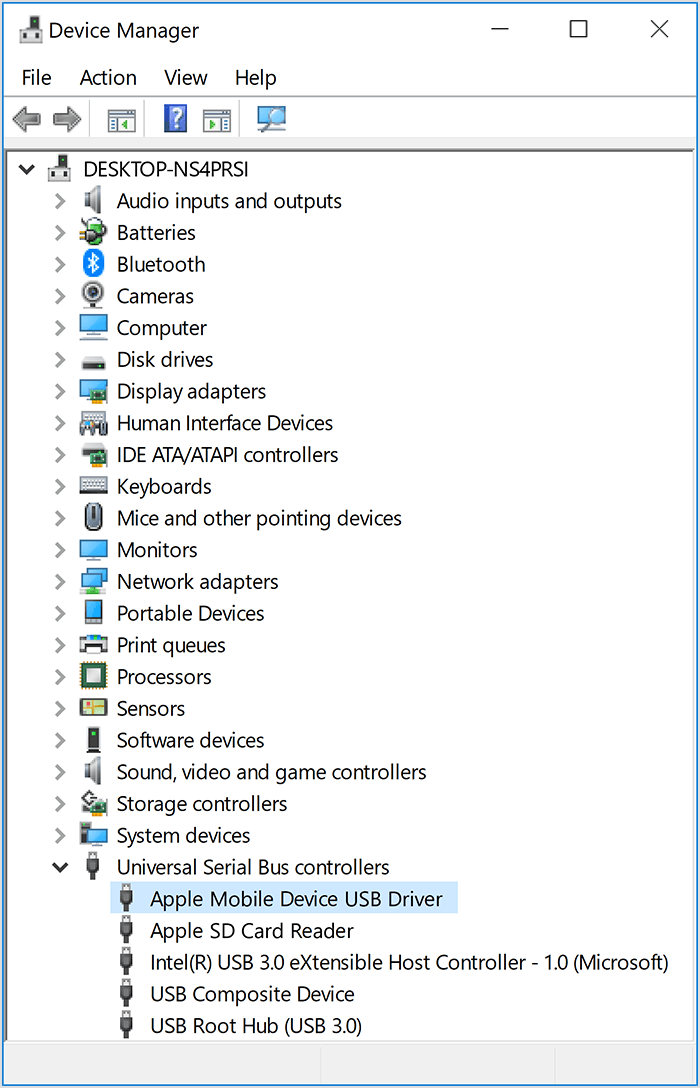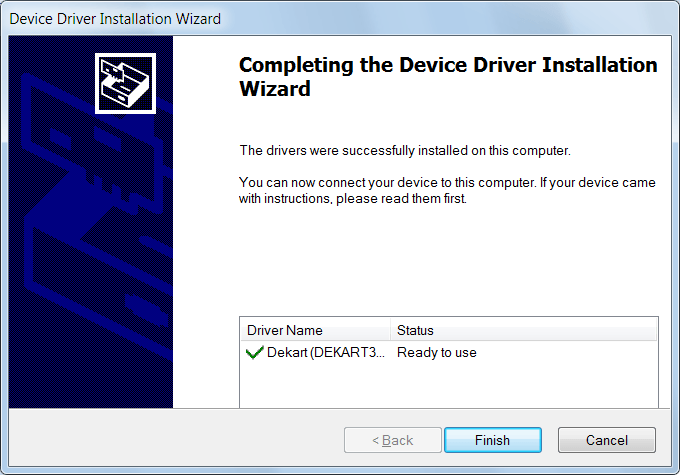Oculus ADB Drivers Published 2019-09-04. Oculus ADB Drivers 2.0. This download contains the drivers required to use ADB with Android-based Oculus devices. USB Drivers are one of the must-have tools to be installed on your PC or Mac. Because of that, your mobile device interacts with your PC.These work as Bridge between your Phone and your computer. The USB drivers help us to connect our phone to the computer and perform tasks like transferring data, syncing your device with a PC. These are the newest CH Drivers for CH Game Port devices. These new drivers will work with the CH F-16 Combatstick, CH F-16 Flightstick, CH Fighterstick, CH Flight Sim Yoke PC, CH Flightstick Pro.
| Home | Products | Teensy | Blog | Forum |
| You are here:TeensyCode LibraryUSB Raw HID |
Sims Usb Devices Driver Windows 7


Sims Usb Devices Driver Updater
| If you want to create a custom application, Raw HID is simple way to send 64 byte packets between your code on theTeensy and your application on the PC or Mac. HID works automatically with built-in drivers in Linux,Mac OS X and Windows, so users will not need to load anydrivers. Your application can detect your Teensy runningyour customized Raw HID, so to the user everything'just works' automatically. You can send up to 1000 packets per second in each direction.The USB host controller will reserve USB bandwidth.You are not required send all packets, but if you do, youare guaranteed to be able to transmit the number ofpackets per second your code specifies, even when other USBdevices are active. Sealevel port devices driver download for windows 10. Download Files
Example ApplicationAs a simple example, the Teensy-side code sends a packet every 2 seconds containingall A/D inputs. When it receives a packet, the first 4 bits are output to pinsD0 through D3.Four LEDs can be connected to D0-D3 and trim pots connected to theanalog inputs to use the example.The PC-side example code is a command line program which prints all packetsit receives, and when you press any key that byte is sent in a packet (padded with63 zeros). Raw HID allows you to build your own application for nearly any purpose. Thisexample is intended to demonstrate how to use the functions and give you somethingsimple that works to get started. Host (PC or Mac) Side Functionsint rawhid_open(int max, int vid, int pid, int usage_page, int usage); Open up to 'max' devices that match vid, pid, usage_page and usage. Return is thenumber of devices actually opened. int rawhid_recv(int num, void *buf, int len, int timeout); Receive a packet from device 'num' (zero based). Buffer 'buf' receives the data, and 'len'must be the packet size (default is 64 bytes). Wait up to 'timeout' milliseconds. Returnis the number of bytes received, or zero if no packet received within timeout, or -1 ifan error (typically indicating the device was unplugged). int rawhid_send(int num, void *buf, int len, int timeout); Send a packet to device 'num' (zero based). Buffer 'buf' contains the data to transmit, and 'len'must be the packet size (default is 64 bytes). Wait up to 'timeout' milliseconds.Return is the number of bytes sent, or zero if unable to send before timeout, or-1 if an error (typically indicating the device was unplugged). void rawhid_close(int num); Device (Teensy) Side Functionsvoid usb_init(void); Initialize the USB port. uint8_t usb_configured(void); Check if the host has configured the USB and is online. int8_t usb_rawhid_recv(uint8_t *buffer, uint8_t timeout); Receive a packet. 'buffer' must be the size of a full packet. Wait up to 'timeout' milliseconds. Return is the number of bytes received, which will always be a full packet, or 0 if timeout, or -1 if the USB is not configured or online. To check if a packet is buffered but avoid waiting, a timeout of 0 may be specified. int8_t usb_rawhid_send(const uint8_t *buffer, uint8_t timeout); Transmit a packet. 'buffer' must contain the full packet to send. Wait up to 'timeout' milliseconds. Return is the number of bytes send, which will always be a full packet, or 0 if timeout, or -1 if the USB is not configured or online. To transmit only if a buffer is immediately available, a timeout of 0 may be used. Device Configuration OptionsFour unique numbers identify your device. Usually you can just pick ausage page and usage number. These 4 numbers must be the same as the4 numbers you give to rawhid_open() to access your device.The USB host controller will reserve bandwidth for your device. Youcan configure how much bandwidth by adjusting the packet size and thenumber of milliseconds between packets. While it's tempting to setthese as high as possible, reserved bandwidth will not be availableto other devices that need to reserve bandwidth, and if other deviceshave reserved too much bandwidth before your device is connected, theoperating system might refuse to configure your device. Buffering ConsiderationsTypically 2 or more packets may be buffered between your code running on theTeensy and your application on the PC or Mac.When transmitting on either end,you will get a return code indicating successful transmission, when in factyour packet was merely placed into a buffer. If your code does not receivethese packets on the other side, you will get timeouts when attempting totransmit more packets after the buffers are completely full. When receiving, the first packets you read may be old data remaining in thebuffers. The example code places a 16 bit count in the last 2 bytes of everypacket, so you can see this effect. If your application depends upon information that spans multiple packets,it is highly recommended to design a count, timestamp or some other wayto identify stale and missed packets. Of course, the return value should bechecked when transmitting, to verify if the packet was properly buffered. Linux UDEV RuleOn Linux, unknown devices are not accessible to non-root users. This udevrule can be used to grant access.SUBSYSTEMS'usb', ATTRS{idVendor}'16c0', ATTRS{idProduct}'0480', MODE:='0666' Other LanguagesIf you have a favorite language and any ideas how it could implement the4 host-side functions, please contact paul@pjrc.com.A Python implementation was contributed by Craig Heffner. Someday I would love to see examples for many languages, Perl, Python, PHP, Ruby,Pd, C#, maybe even Visual Basic! |
